WHO Global Recommendations on Physical Activity for Health.
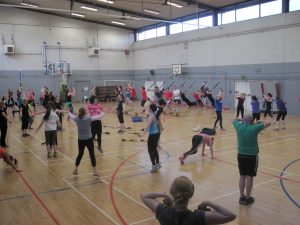
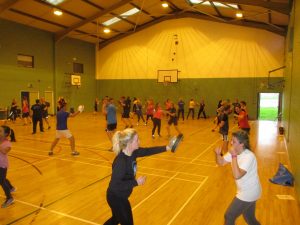
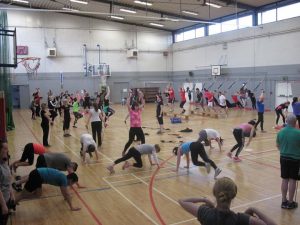
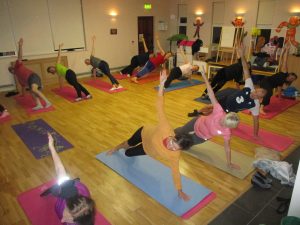
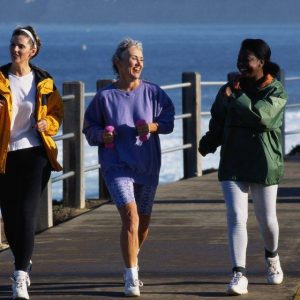
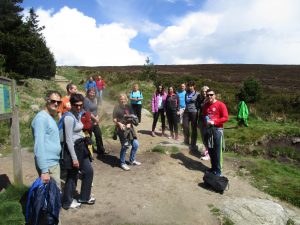
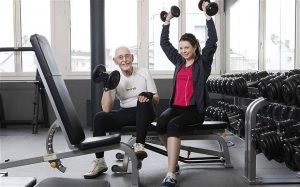
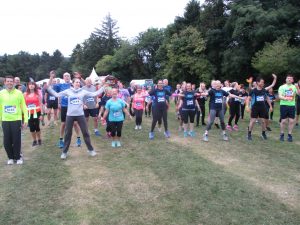
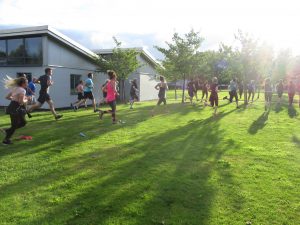

GLOBAL RECOMMENDATIONS on Physical Activity for Health: 18-64 YEARS
In adults aged 18–64, physical activity includes leisure time physical activity, transportation (e.g. walking or cycling), occupational (i.e. work), household chores, play, games, sports or planned exercise, in the context
of daily, family, and community activities.
The guidelines group reviewed the above cited literature and recommended that in order to improve cardiorespiratory and muscular fitness, bone health, reduce the risk of NCDs and depression:
1. Adults aged 18–64 should do at least 150 minutes of moderate-intensity aerobic physical activity throughout the week or do at least 75 minutes of vigorous-intensity aerobic physical activity throughout the week or an equivalent combination of moderate- and vigorous-intensity activity.
2. Aerobic activity should be performed in bouts of at least 10 minutes duration.
3. For additional health benefits, adults should increase their moderate-intensity aerobic physical activity to 300 minutes per week, or engage in 150 minutes of vigorous-intensity aerobic physical activity per week, or an equivalent combination of moderate- and vigorous-intensity activity.
4. Muscle-strengthening activities should be done involving major muscle groups on 2 or more days a week.
Note: Conclusive scientific evidence, based on a wide range of well-conducted studies, shows that physically active people have higher levels of health-related fitness, a lower risk profile for developing a number of disabling medical conditions, and lower rates of various chronic noncommunicable diseases than do people who are inactive.
There are multiple ways of accumulating the total of 150 minutes per week.
The concept of accumulation refers to meeting the goal of 150 minutes per week by performing activities in multiple shorter bouts of at least 10 minutes each, spread throughout the week then adding together the time spent during each of these bouts: e.g. 30 minutes of moderate-intensity activity 5 times per week.
The recommendations listed above are applicable to the following health conditions: cardiorespiratory health (coronary heart disease, cardiovascular disease, stroke and hypertension); metabolic health
(diabetes and obesity); bone health and osteoporosis; breast and colon cancer and depression.
Higher volumes of activity (i.e. greater than 150 minutes per week) are
associated with additional health benefts. However the evidence is not
available to identify additional or increased benefts for volumes greater
than 300 minutes per week.
ADULTS 65 and OVER
1. Adults aged 65 years and above should do at least 150 minutes of moderate-intensity aerobic physical activity throughout the week or do at least 75 minutes of vigorous-intensity aerobic physical activity throughout the week or an equivalent combination of moderate- and vigorousintensity activity.
2. Aerobic activity should be performed in bouts of at least 10 minutes duration.
3. For additional health benefts, adults aged 65 years and above should increase their moderate-intensity aerobic physical activity to 300 minutes per week, or engage in 150 minutes of vigorous intensity aerobic physical activity per week, or an equivalent combination of moderate-and vigorous-intensity activity.
4. Adults of this age group, with poor mobility, should perform physical activity to enhance balance and prevent falls on 3 or more days per week.
5. Muscle-strengthening activities should be done involving major muscle groups, on 2 or more days a week.
6. When adults of this age group cannot do the recommended amounts of physical activity due to health conditions, they should be as physically active as their abilities and conditions allow